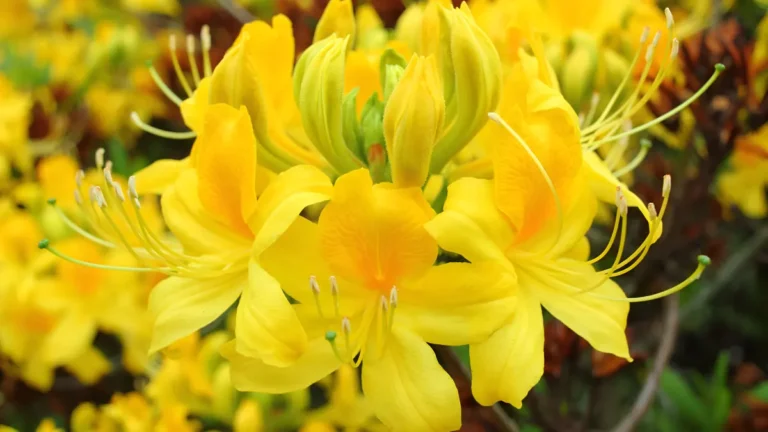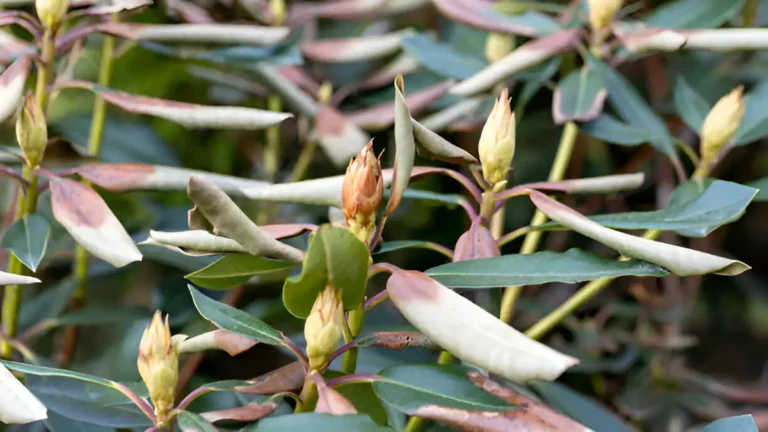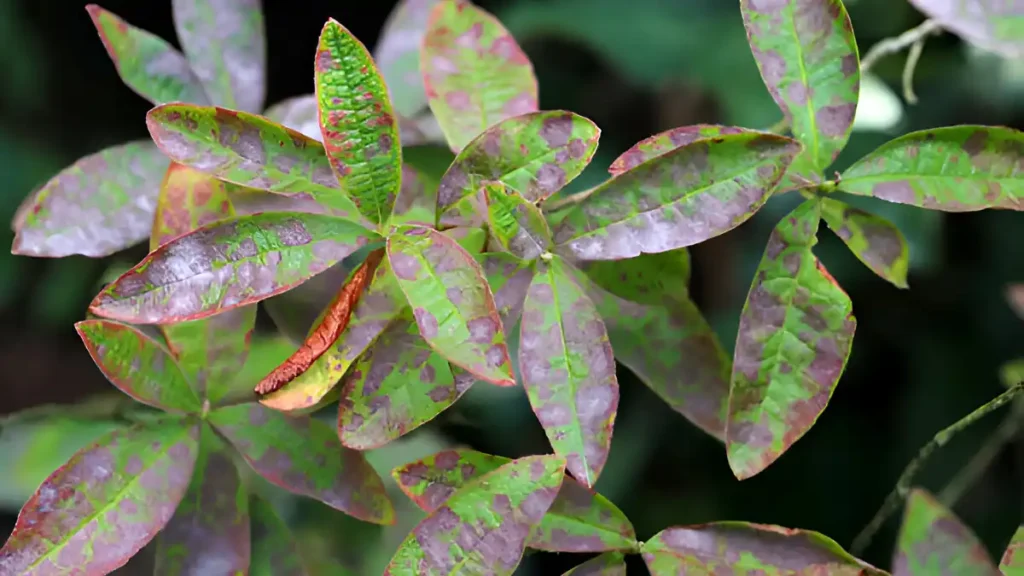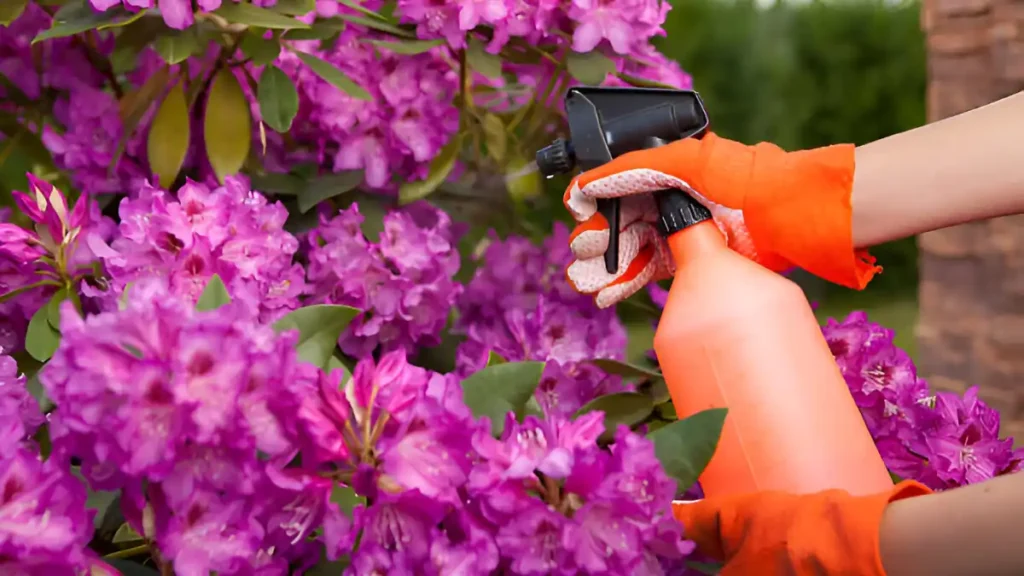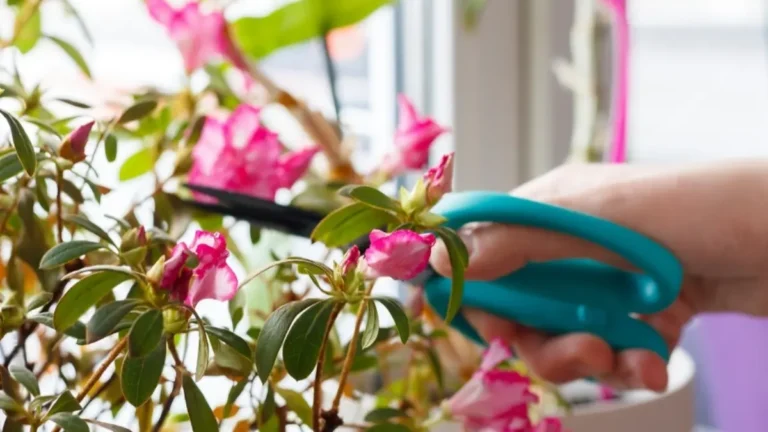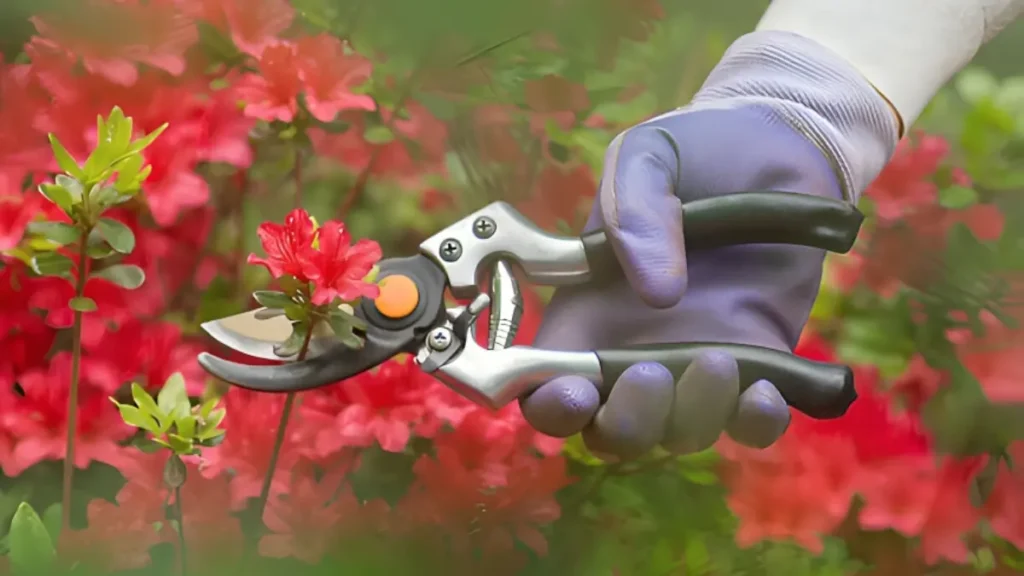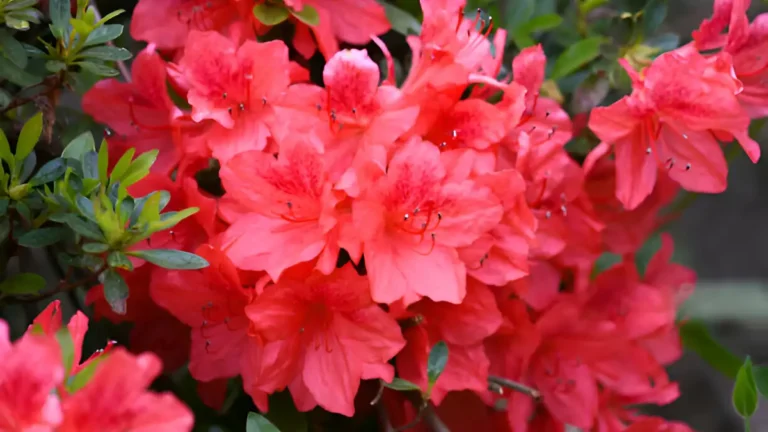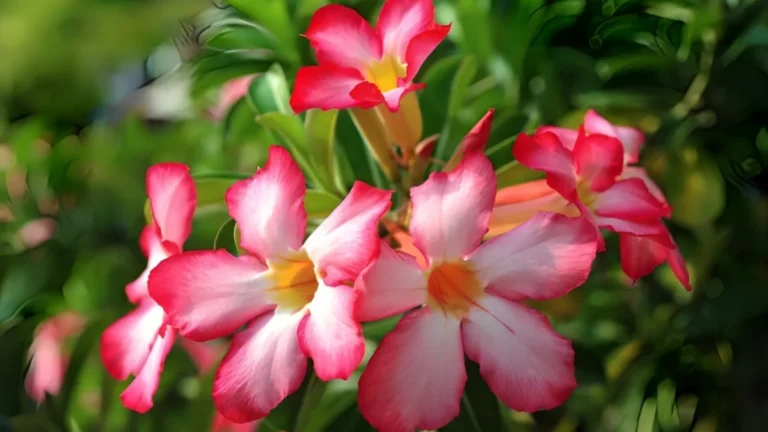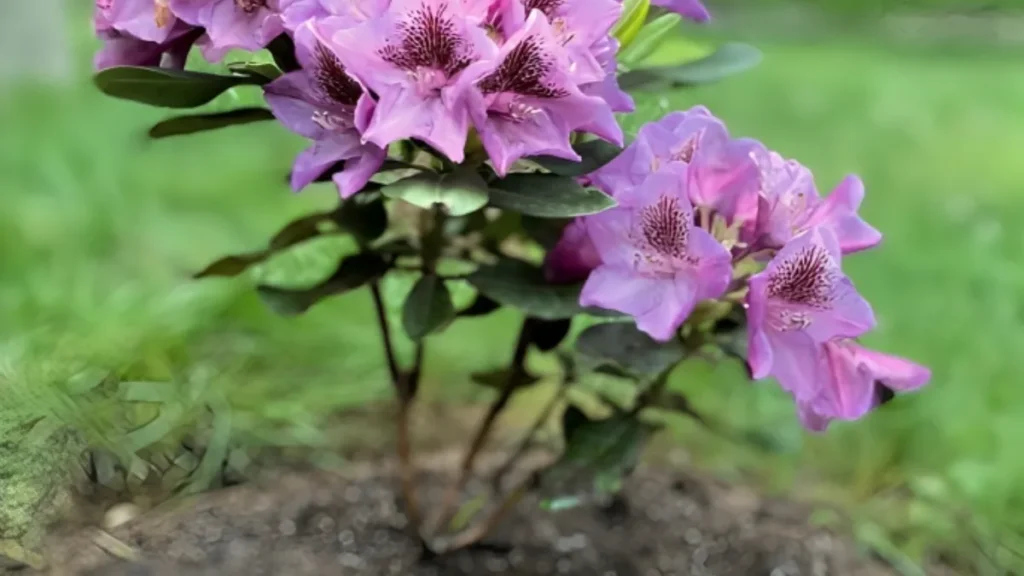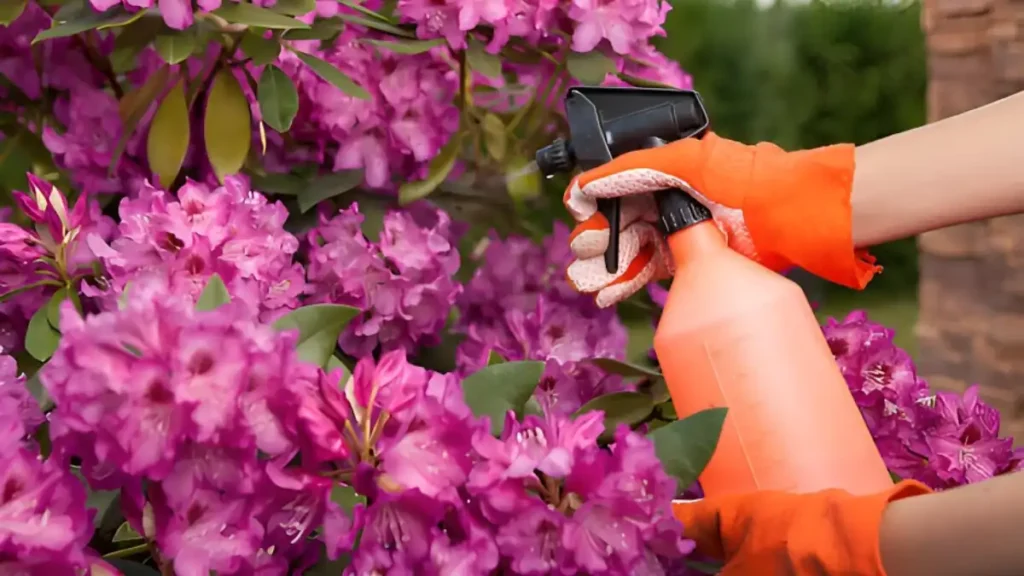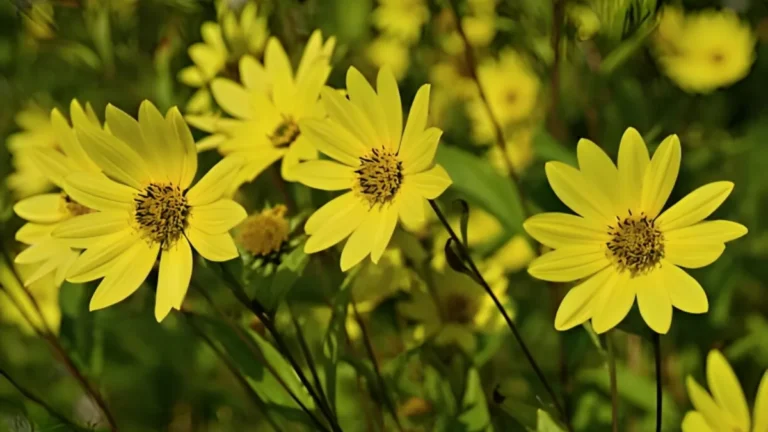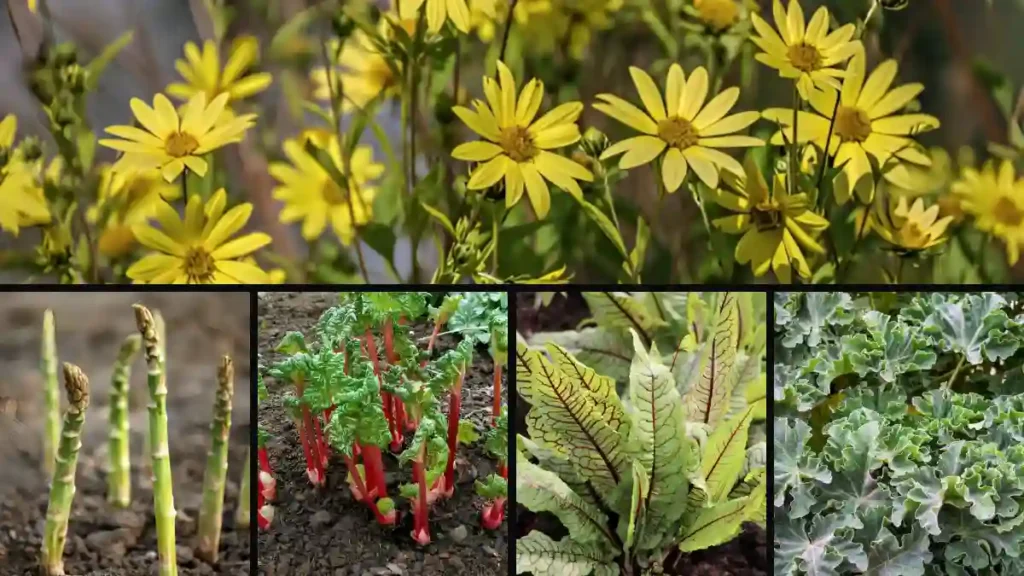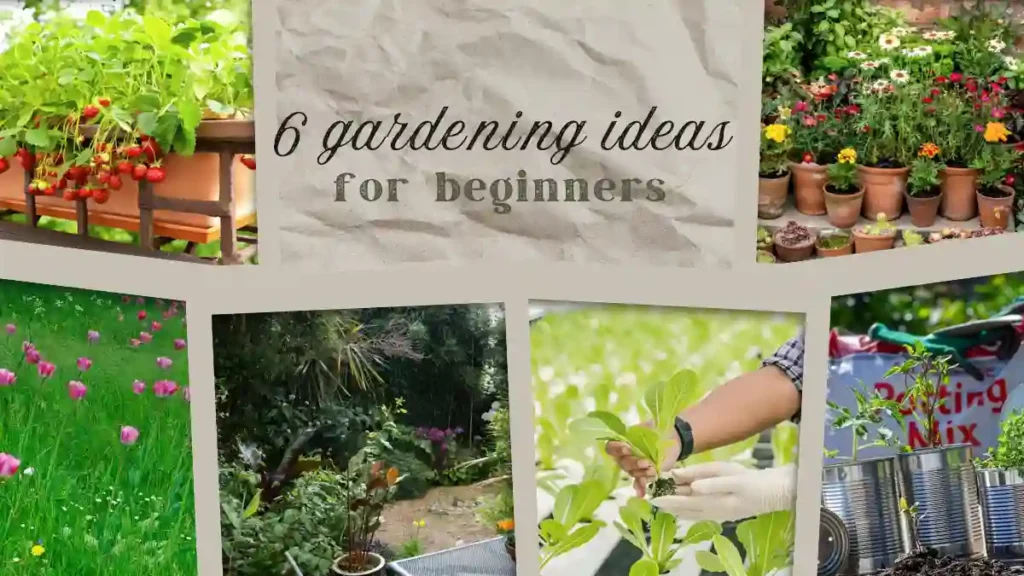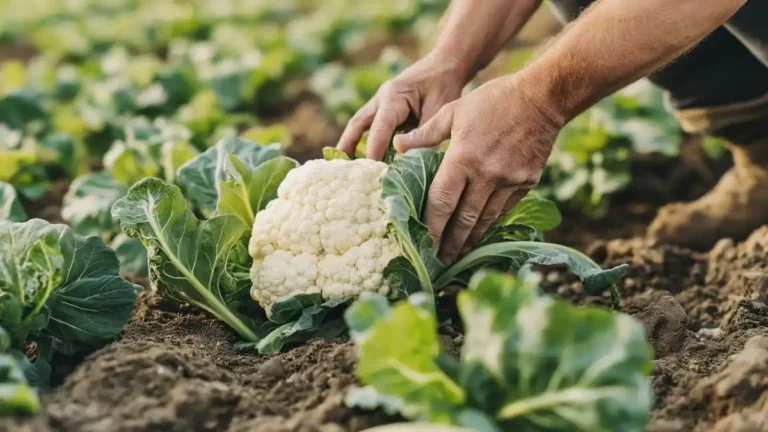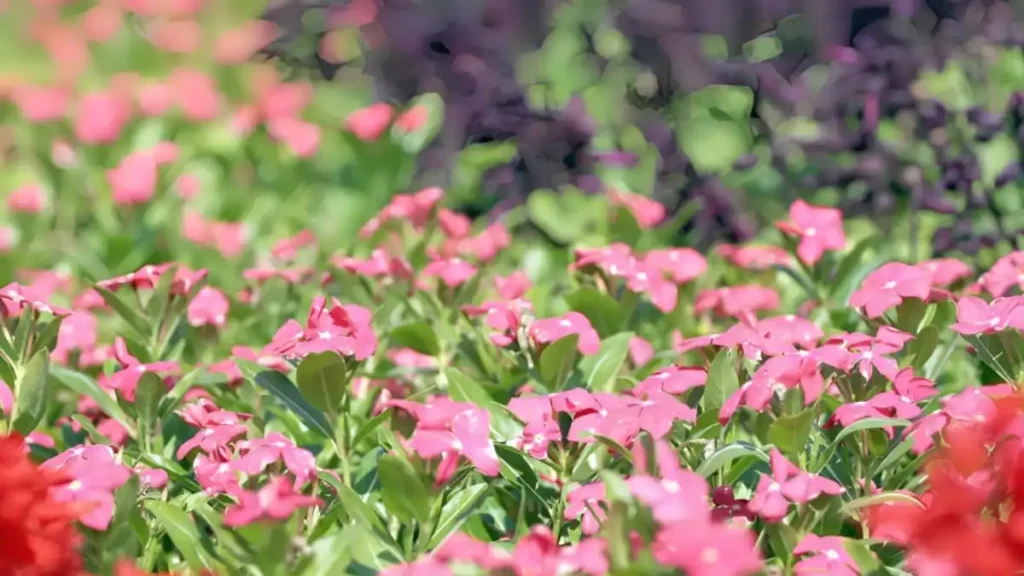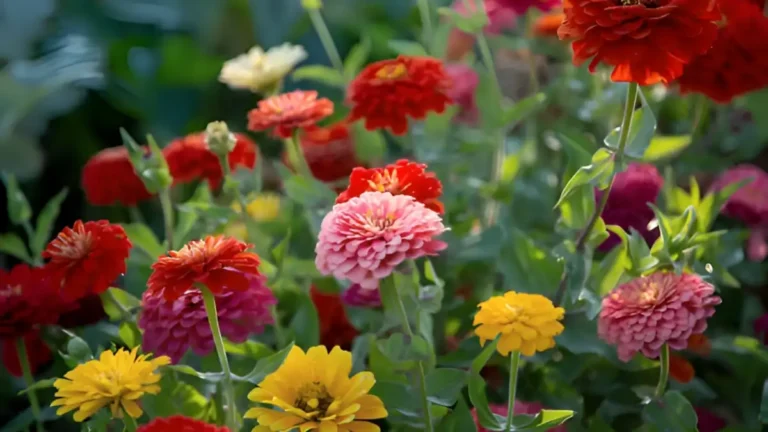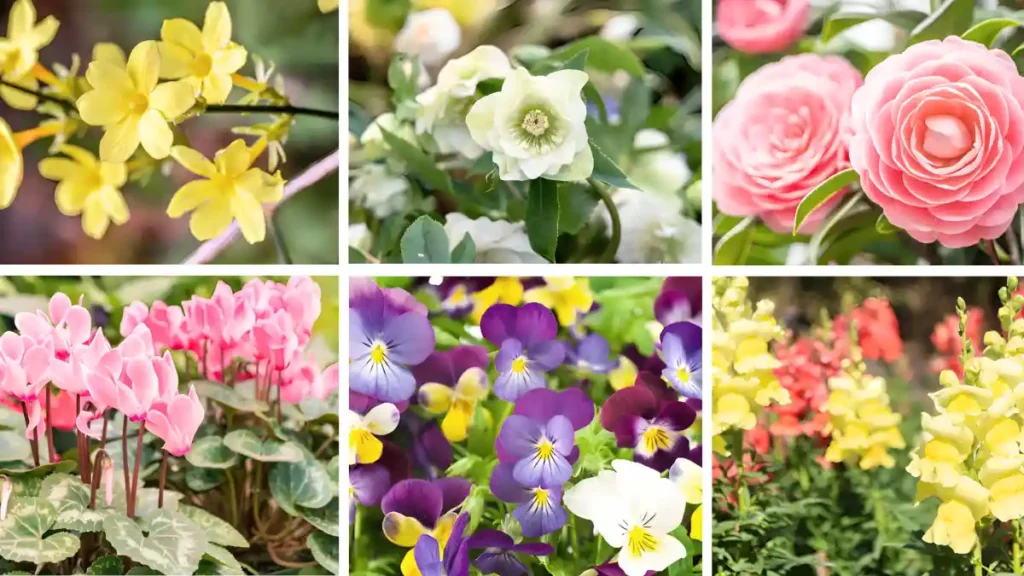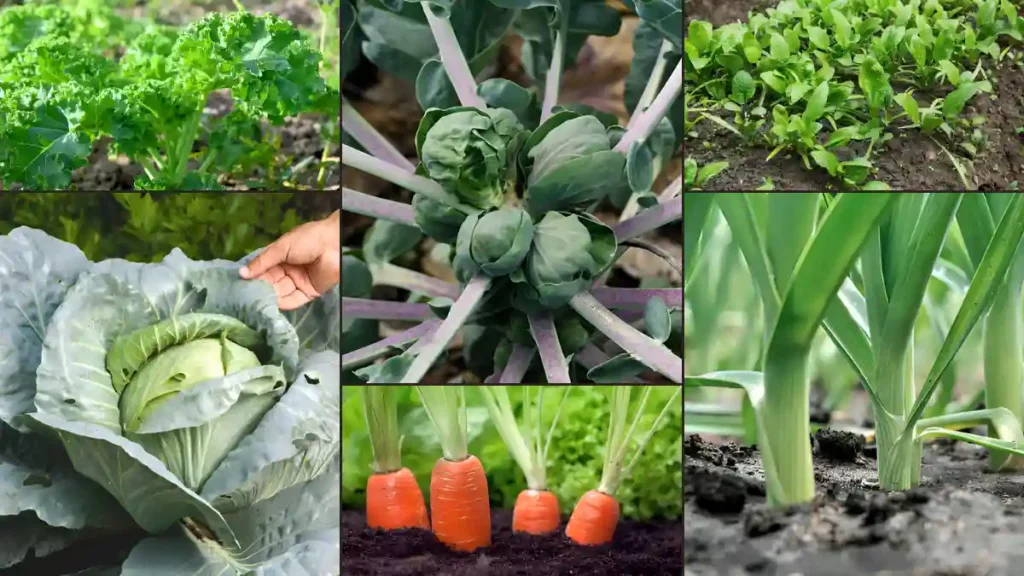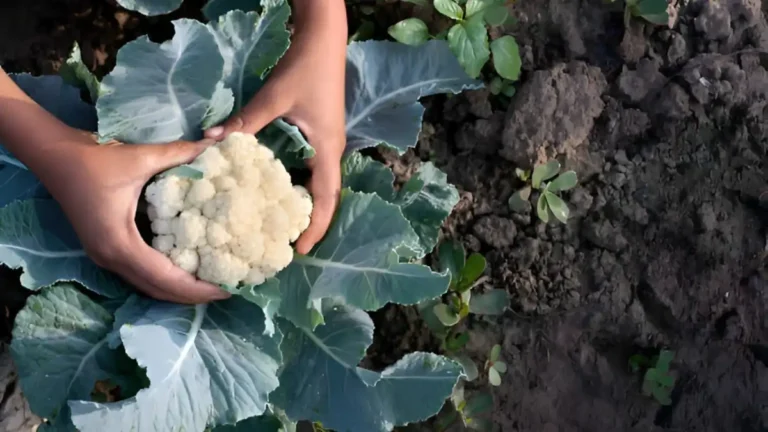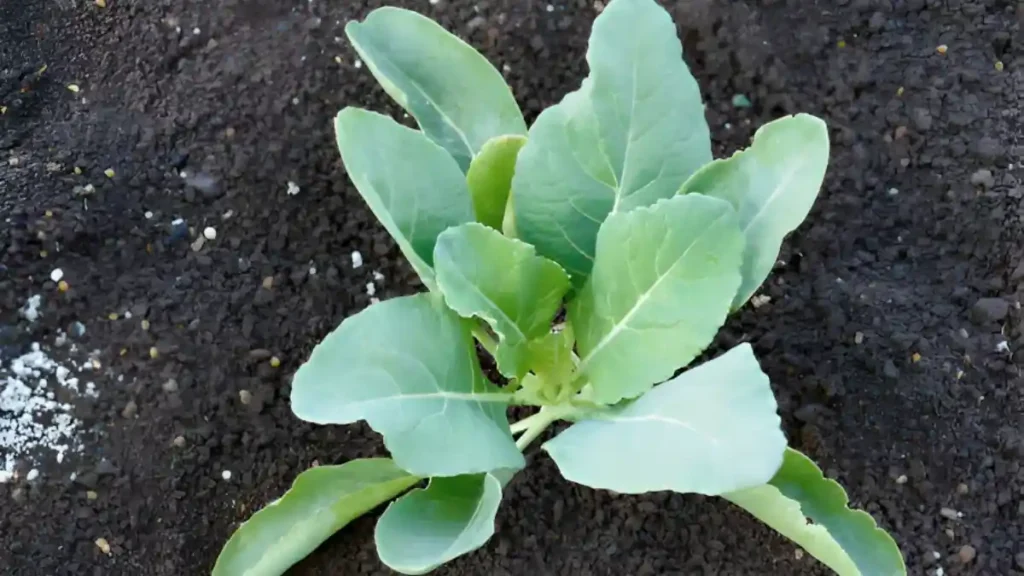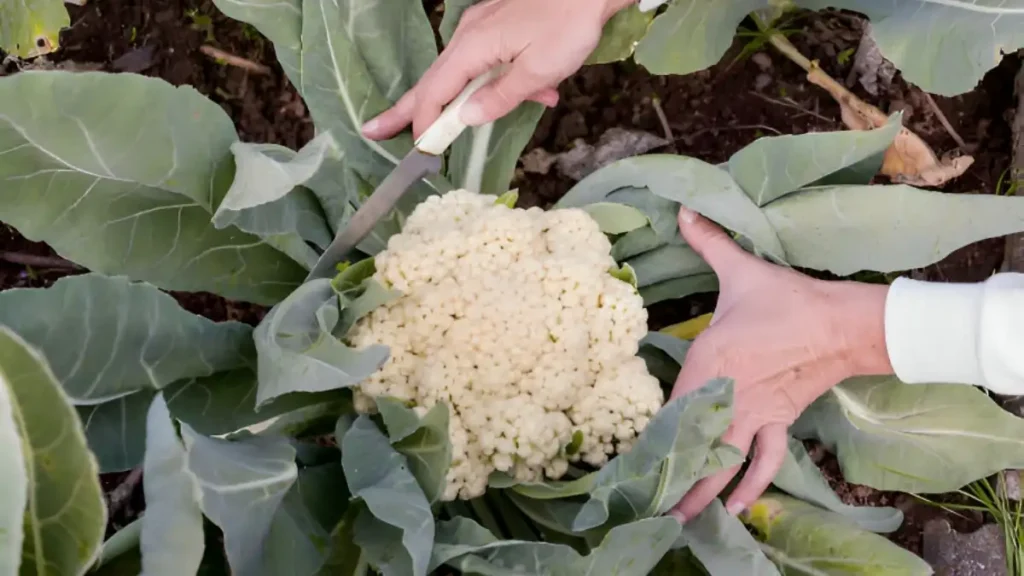Azaleas are some of the most beautiful flowering plants; their rich flowers and vivid colors turn any garden into a charming retreat. Many gardeners turn to various azalea varieties for plants that tolerate shade and have magnificent flowers. It is critical to select types of azalea suited to the environment in which they will be placed. Azaleas are a visually striking and adaptable addition to your environment. Here, we’ll look at the six greatest types of azalea for adding beauty to your flower garden while being easy to care for and alive.
Azalea shrubs, native to the United States, provide a vibrant display of color in late March and early April. With hundreds of species found throughout the Northern Hemisphere, thousands of cultivars have emerged, with Western China home to several important progenitor species. Hybridization has led to new varieties suitable for northern climates.
Some different types of azalea plants are listed below:
1. Encore azaleas: The perennial showstoppers
Encore Azaleas are renowned for their multi-seasonal flowering cycles, which include summer and fall blooms in addition to spring. These resilient shrubs are a great addition to any landscape design because they are available in a range of hues, including white, pink, red, and purple. Throughout the season, the blossoms will draw pollinators such as hummingbirds and butterflies to your garden.
The plant comes in dwarf and medium-sized varieties, with a variety of bloom colors. It thrives in regular watering and full sun to partial shade. USDA growth zones are 5-8, with common types like “Autumn Royalty” and “Autumn Sunset” featuring deep purple and golden-orange petals.
2. Kurume azaleas: The compact beauties
Kurume Azaleas are native to Japan and are distinguished by their small blooms and thick growth habit. Because of their vivid colors and manageable stature, these evergreen shrubs are popular for making formal hedges and topiaries.
This plant grows 2-4 feet tall and produces vibrant pink, white, orange, and red blooms. It thrives in full to partial shade and steady moisture. Common types include Coral Bells with bright coral-pink flowers and Hershey Red with glossy green foliage.
3. Southern indica azaleas: The garden’s classic choice
Indica from the South Azaleas are known for their enormous blooms and striking size, which makes them a garden focus point. Traditional Southern gardening frequently uses these azaleas since they thrive in warmer areas.
Southern Indicas can grow up to 12 feet and are suitable for well-draining, slightly acidic soil in partial shade. They bloom in white, pink, red, and lavender hues and are popular for their deep purple flowers and vigorous growth habit, as well as their pale pink with lavender tones.
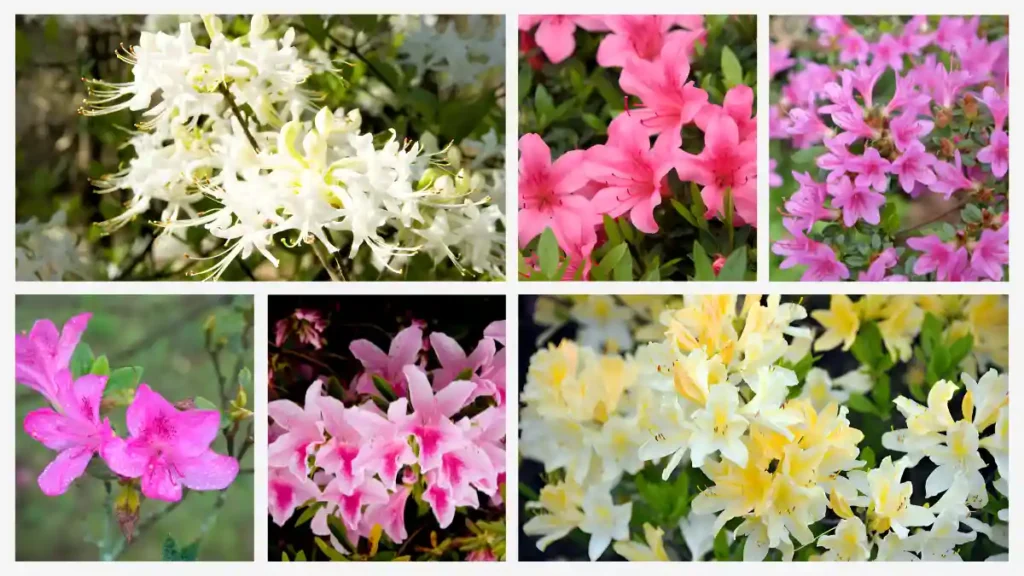
4. Deciduous azaleas: A wild and natural charm
Deciduous azaleas provide seasonal diversity and brilliant fall hues when they shed their leaves in the fall. These bushes frequently look more organic and like they belong in a woodland.
This plant grows 4-8 feet tall and produces bright yellow, orange, pink, and white blooms. It thrives in well-draining soil and cooler regions. Common types include “Golden Lights” and “Fireball,” which are brilliant red flowers.
5. Satsuki azaleas: The artistic touch
Because of its beautiful blooms and moderate growth, satsuki azaleas are highly valued and frequently employed in carefully planned landscapes or bonsai art. These Japanese azaleas add beauty to your yard by blooming longer in the season.
Dwarf shrubs typically grow no taller than two feet and have a wide variety of bloom colors, often bi-colored, with complex designs. Ideal conditions include acidic, moisture-retaining soil and shade. Popular varieties include Shinnyo-no-tsuki and Kinsai.
6. Native azaleas: Perfect for natural landscapes
Native azaleas grow well in both naturalized and wild settings. They add a genuine touch to your outside area and are resilient and low-maintenance.
moderate growth, with a height range of 3 to 8 feet. delicate pink, orange, white, and yellow hues. Choose shady spots and soil that is humus-rich and acidic. “Rhododendron arborescens” (white blooms with a sweet perfume) and “Rhododendron canescens” (pink blossoms with a subtle scent)
Conclusion:
You can create an azalea garden that is vibrant with color and texture throughout the year with these six amazing types of azaleas. Azaleas offer unparalleled elegance and versatility, regardless of your preference for a wild and natural design or a formal environment.
Certainly! If you’d like to learn more, please consider following our WhatsApp Channel: Harvest Gardening
A frequently asked questions:
Q1: How do I know what type of azalea I have?
A1: Examine the flower shape, leaf size, blooming season, and whether the azalea is deciduous or evergreen to determine its type. It can be narrowed down by comparing these characteristics to local azalea cultivars or by speaking with a gardening specialist.
Q2: What are the easiest azaleas to grow?
A2: Due to their hardiness and low maintenance requirements, Encore azaleas and native deciduous kinds such as Florida flame or Piedmont azaleas are the simplest to grow. They do best in somewhat shaded, well-drained soil that receives little trimming.

